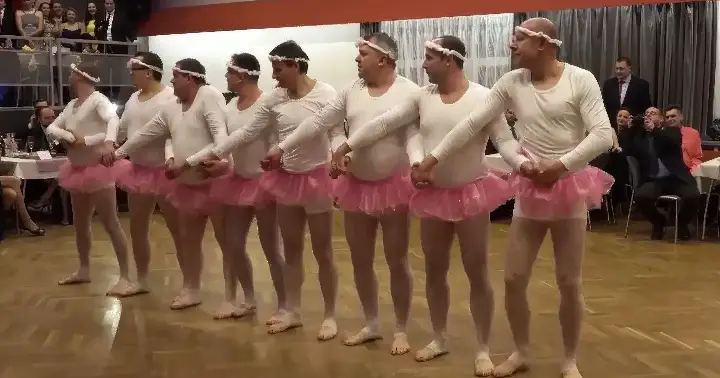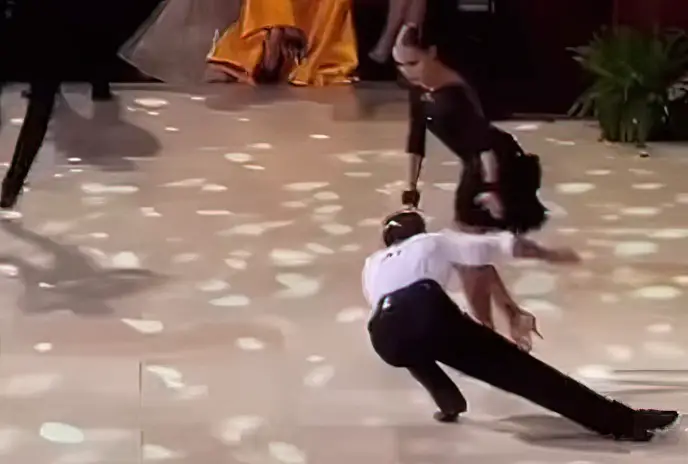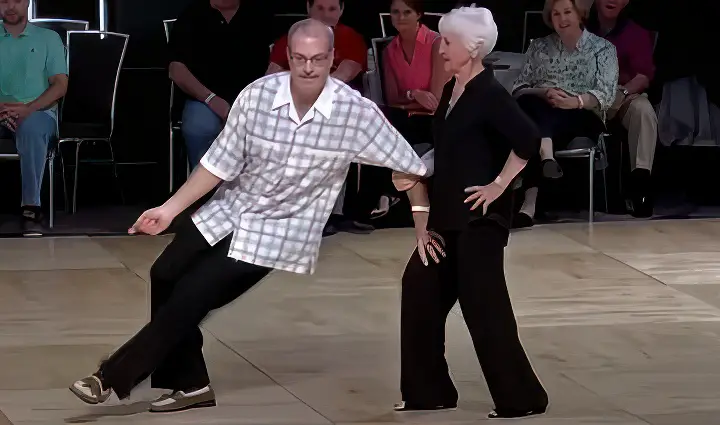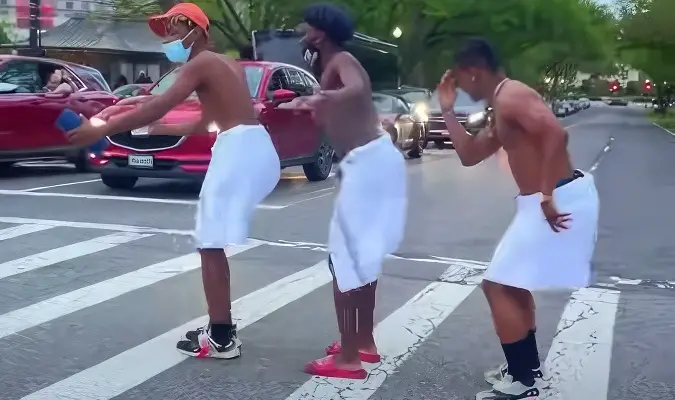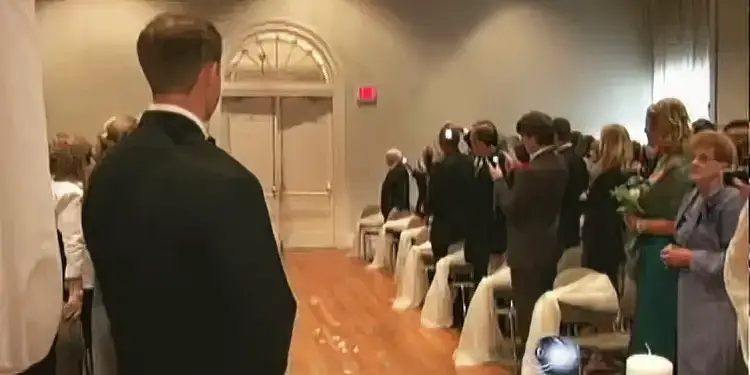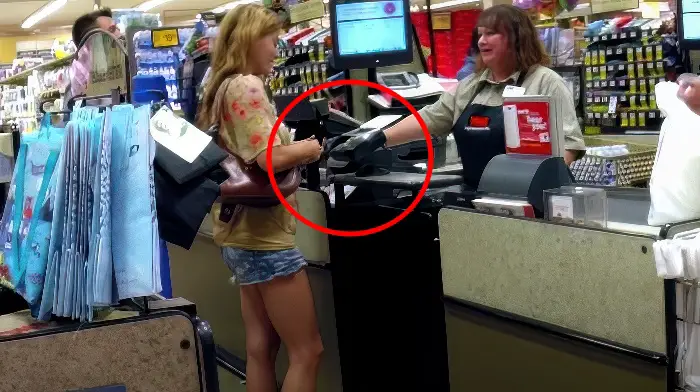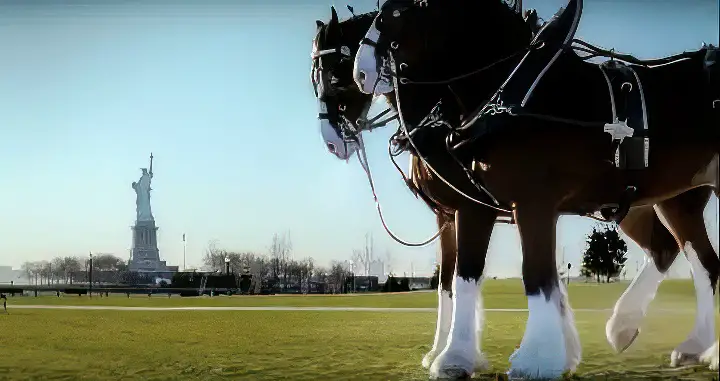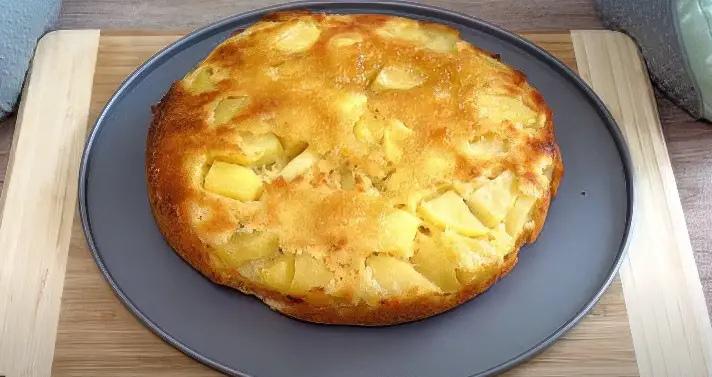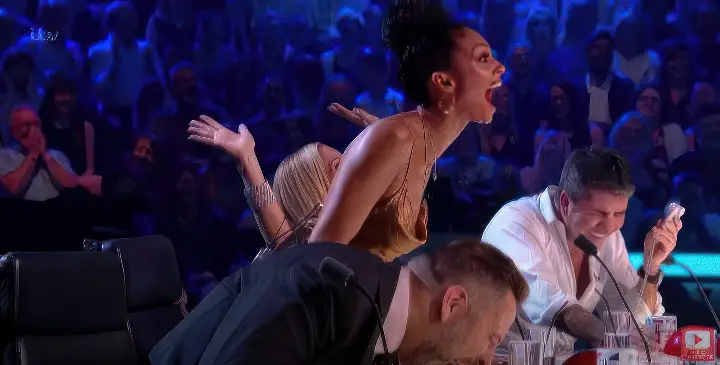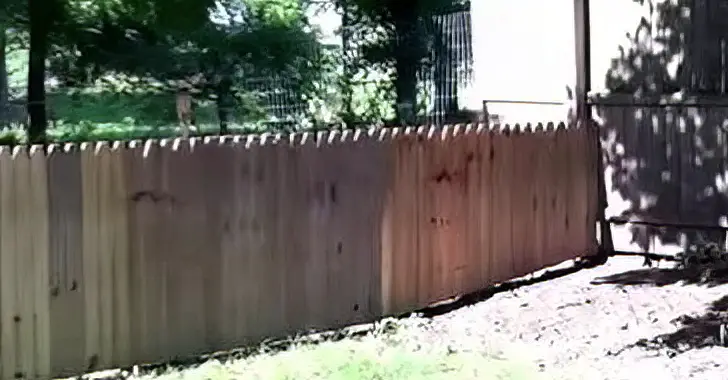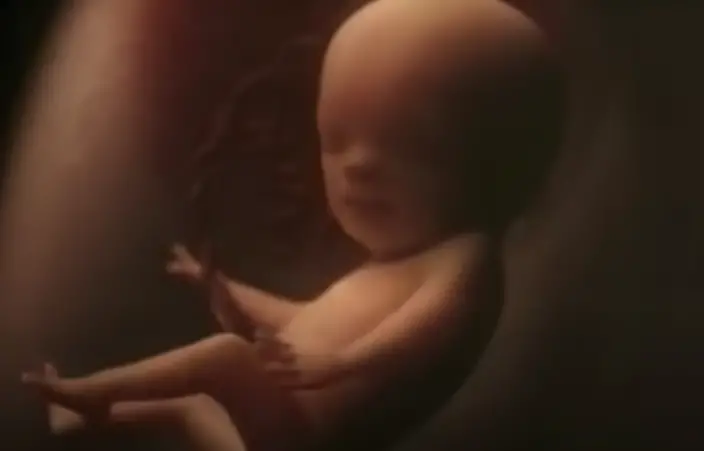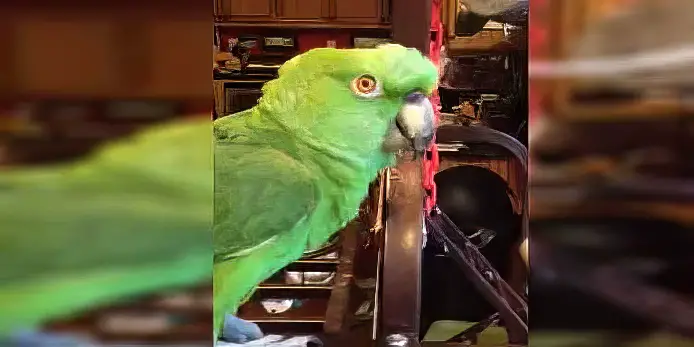Men’s hula dancing has a long and rich history in Hawaiian culture. Historically, hula was performed by both men and women and was considered a sacred art form that honored the gods and goddesses of Hawaii.
However, during the early 19th century, Christian missionaries arrived in Hawaii and deemed hula as sinful and lewd, which led to the suppression of the practice. As a result, many men stopped performing hula, and the art form became predominantly female-dominated.
It wasn’t until the early 20th century that men’s hula began to make a comeback. In 1902, a Hawaiian named Joseph Ilalaole formed a hula troupe consisting entirely of men. His group, called Keaka o Haili, performed hula throughout Hawaii and the mainland United States, challenging the notion that hula was solely for women.
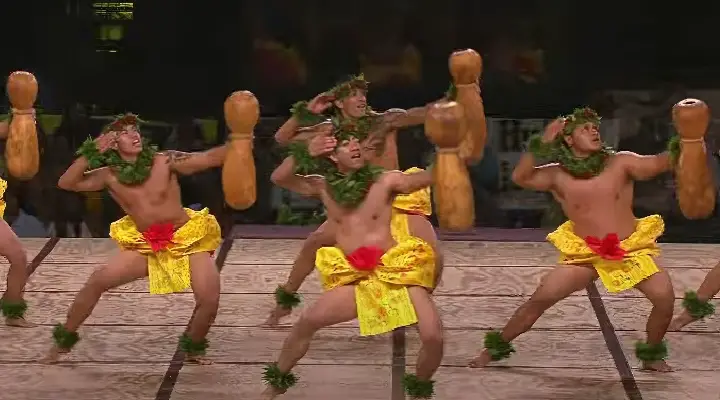
In the 1920s and 1930s, hula became a popular tourist attraction, and men’s hula groups began to emerge. However, it wasn’t until the 1960s and 1970s, during the Hawaiian Renaissance, that men’s hula experienced a resurgence. During this period, Hawaiian culture and traditions were celebrated and revived, and men’s hula groups became more common.
This video shows the top five dance teams at the Merrie Monarch competition in the Hula Kahiko (ancient), Kāne (male) Division. You’ll quickly realize the talent and artistry of these groups and I think you’ll agree that male hula dancing is fantastic! Watch the full video below and please leave us a Facebook comment to let us know what you thought!
Don’t forget to hit the SHARE BUTTON to share this video on Facebook with your friends and family.
